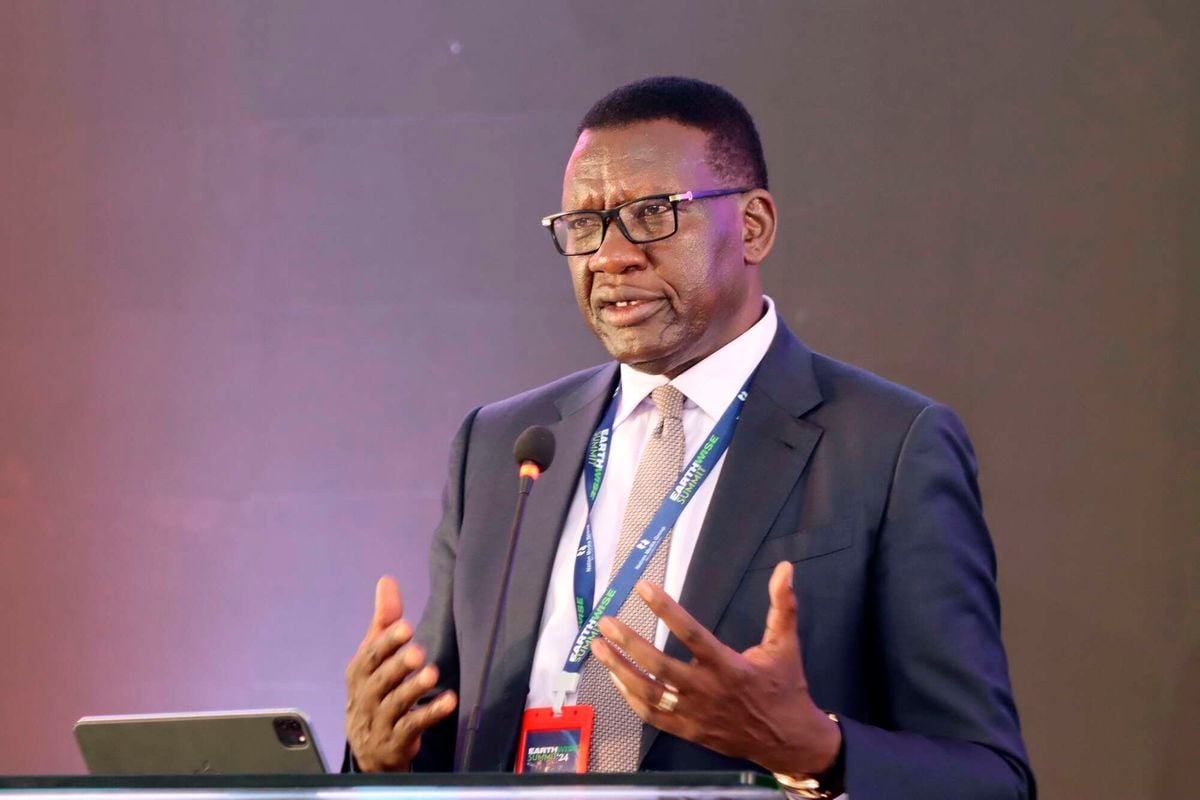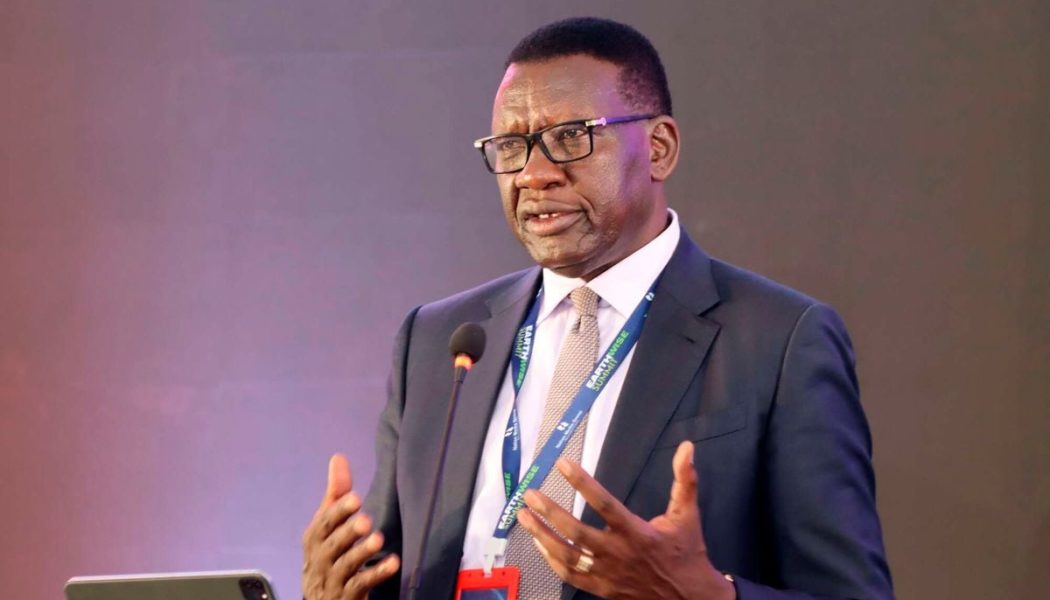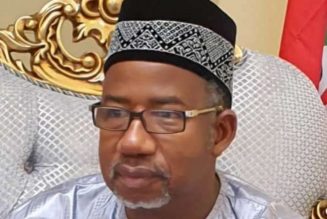
The Sh7 a litre added to the fuel levy in July will be used to pay off Kenya’s inaugural Sh175 billion roads bond, underscoring the State’s defiance amid the public uproar that greeted the sharp increase by 38 percent.
The Treasury has approved a request by the Kenya Roads Board (KRB) to use the Sh7 generated from a litre of diesel and petrol as security for the bond, with the cash being used to compensate investors who will buy the multi-billion-shilling bond.
Kenya increased the Road Maintenance Levy Fund (RMLF) from Sh18 to Sh25 per litre of fuel, sparking public uproar and court petitions.
Revelations of the plan to back the bond with the levy offer clues why the State defied public opposition to increase in the levy, which came days after President William Ruto withdrew the Finance Bill containing the tax hikes in response to youth-led mass protests.
The roads board reckons the increase is set to raise an additional Sh35 billion or a total of Sh135 billion annually, with the extra funds to be ring-fenced for paying the interest and principal of the roads bond.
A top official of the Transport ministry confirmed that the Eastern and Southern Africa Trade and Development Bank (TDB) has been picked as lead arranger and adviser for the roads bond.
The regional trade financier, formerly known as PTA Bank, has started sounding top banks for cash in a fundraiser that is expected to attract high-net worth investors like pension schemes and insurance firms.
Proceeds from the bond to hit the KRB accounts ahead of March next year to support roads maintenance budgets for the country’s 239,122 kilometre network.
Treasury Cabinet Secretary John Mbadi, in a letter to Transport and Roads Cabinet Secretary Davis Chirchir dated October 15, granted approval to the KRB for the roads bond, pending the publication of the terms and conditions of the fund.
“KRB will coordinate the establishment of the up to Sh175 billion facility and issuance of notes and/or loans through a special purpose vehicle set up to securitise cash flows accruing from the Sh7 per litre fuel levy,” says Mr Mbadi in a letter seen by the Business Daily.
“Since TDB has undertaken related transactions for the government of Kenya and Kenya is a member state of the bank, KRB may engage TDB as a lead arranger and advisor for the facility.”
Mr Mbadi says the Transport ministry and KRB should seek approval and concurrence from the Treasury on the terms and conditions of the facility for each tranche, as per the law.
The Treasury is walking a financing tightrope after deadly protests forced Dr Ruto’s administration to abandon tax measures that would have collected Sh346 billion this year, leaving little cash for projects like road maintenance.
The abandonment of the taxes has triggered spending cuts and additional borrowing to plug the budget hole.
Kenya is now diversifying its financing sources, including from public-private partnerships (PPPs), to fund the construction of highways and other infrastructure after public debt ballooned.
The revival of the roads bond comes three years after the government was forced to shelve a plan to raise Sh150 billion under a similar arrangement out of fears of upsetting the International Monetary Fund (IMF) over the mounting public debt.
The government had intended to float the bond in two tranches of Sh75 billion each starting in September 2021, hoping to use the proceeds to settle pending bills owed to road contractors and finance construction of new highways.
Kenya had, however, entered into a four-year funding programme with the IMF in April 2021 to address balance of payment hitches triggered by the Covid-19-induced economic shocks.
Some of the conditions to the IMF loans—which ends in April 2025— included a requirement that the country follow a strict path of fiscal consolidation in order to reduce debt accumulation.
The IMF has warned that a roads bond risked breaching the terms of the funding engagement.
This new bond is also being plotted under the cloud of a court order issued in September freezing use of Sh10.5 billion of RML funds following a case filed by the Council of Governors challenging the distribution formula for building roads in counties.
The counties have challenged a September 2023 decision by the National Assembly to remove them as beneficiaries of the RML, followed by another decision in August this year to remove the Sh10.5 billion conditional grant due to the counties from the levy collections for the 2024/2025 fiscal year.
An earlier order issued by the High Court in Mombasa on August 2, stopping the government from implementing the Sh7 increase in the levy, was lifted two weeks later after the petitioner (a taxi driver) withdrew his petition.
This left the government free to implement the increase, which it argued was necessary if it were to effectively finance the annual road maintenance requirement of Sh157 billion.
Before this year’s change, the most recent RML increment was done in 2016, when it was raised from Sh12 to Sh18 per litre.
KRB, in a paper outlining the rationale for the 2024 increment, argued that inflation has eroded the value of the fund, meaning that the Sh80 billion collected in the 2023/2024 fiscal year equivalent to Sh52 billion in 2016 prices.
“In order to maintain the real value of the RML fund at 2016 prices, annual collections in 2023/2024 ought to be at least Sh122 billion,” said KRB in the July 2024 paper.
The fuel levy was introduced in 1993 to raise funds for road maintenance, replacing road tolls which had been in place since the late 1980s but were hit by widespread graft at toll stations.
Initially, the levy on petrol and diesel stood at Sh1.50 and Sh1 per litre respectively, going up progressively to Sh5.80 each by 1999.
Further increments took the levy to Sh9 per litre in 2006 and Sh12 in 2015, and again to Sh18 per litre in July 2016.









